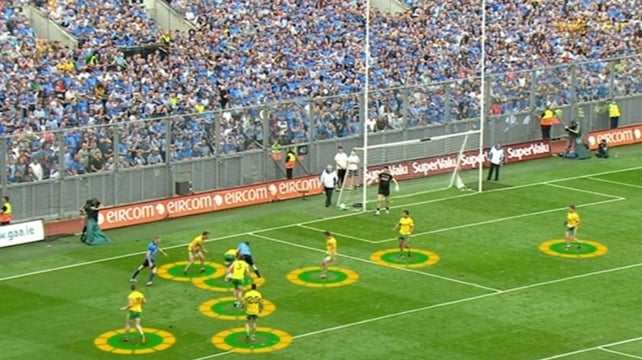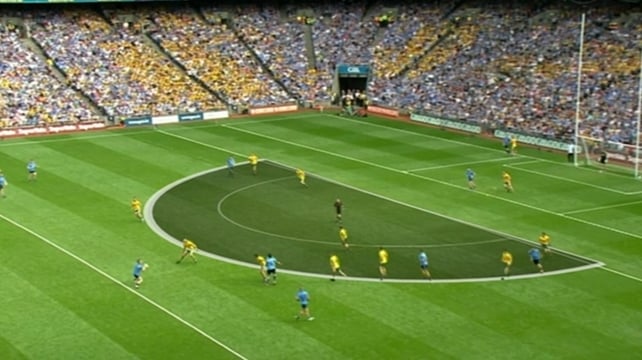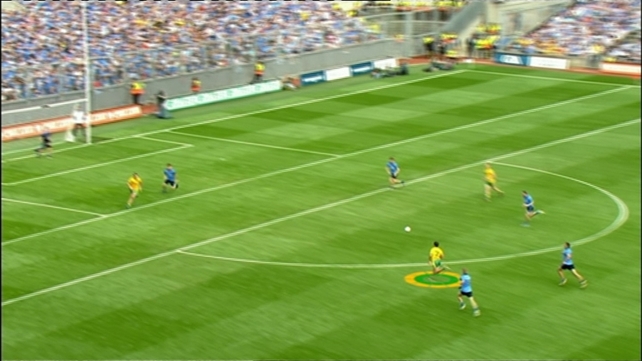Donegal's arrival as a footballing force under the stewardship of Jim McGuinness has led to "the system" becoming the focus of much attention.
So what's the Donegal system?
Donegal's is a style of play that has a smothering effect on the opposition; an operation where all involved know exactly what they are doing as the route to goal is shut off and the counter-attack is characterised by hard running.
In 2011, McGuinness' system did bring Donegal an Ulster title.
However, much disapproval came their way for the way they set up against Dublin in the subsequent All-Ireland semi-final.
For the manager, however, such negativity was to be expected.
The process was evolving and in 2012, Donegal, as a force, were more purposeful in attack. The county's 20-year wait for an All-Ireland title was at an end.
Two years on, we wondered whether Jimmy's system could still reap dividends? It did to telling effect against Dublin three weeks ago.
Of course, the narrative would have been different if Dublin had converted two decent goal chances in the first half. How would the master plan have worked if Donegal were facing a substantial scoring difference after 20 minutes?
One can only wonder, but the Ulster side eventually went on to gain a crucial foothold in the semi-final clash.
RTÉ analyst Joe Brolly has picked out instances from the semi-final where Donegal's system was seen to good effect and how it nullified the Dublin threat.

"Jim [McGuinness] invented the system to prevent teams from scoring.
"This is the perimeter outside the scoring zone. Players will have to shoot from outside that. You'll notice that two Dublin forwards are double marked.

"You’ll see that the Donegal inside defenders are not only protecting the goals but are also facing the play. They are attacking the man on the ball and are never turned running towards their own goal. That’s how most teams score their goals.

"Donegal are always in position. There is just no room once you get in to that scoring position. Dublin are the most fearsome goal-scoring machine – but they only had two half-chances in the game. As the game wore on you could clearly see Dublin panicking.

"At the end of the game, you’re back to exactly the same system we saw at the start.
"Donegal’s defensive system remains the same. It doesn’t change. It’s entirely robotic. What it does psychologically is that it wears you out and breaks you down. Eventually the likes of Bernard Brogan, who is used to scoring and being on the ball, don’t see the ball.
"When Colm Cooper played against this system in 2012, he played well for the first five minutes and then he was anonymous."

"Donegal run very hard out of defence and are not soft in themselves. They do the hard, hard yards. Circled is Frank McGlynn, who only moments before was at the heart of the blanket defence.
"They score from inside the 'easy scoring area'. 90% of their scores come from there. It’s about hard running through the centre; giving the pass to the likes of Murphy in that easy scoring area. Their economy was fantastic.
"The other things is they don’t foul. In the first half against Dublin, they didn’t concede a single free. In the second half they conceded three frees – after the game was won."

